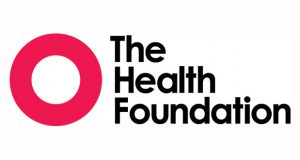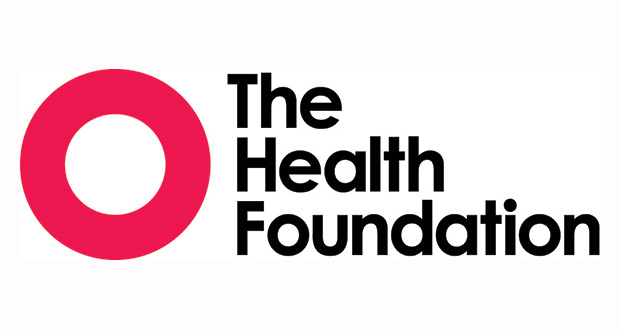Key Facts On Current State Of Social Care
 The Health Foundation has published three new briefings focusing on the current state of social care, outling the scale of the financial challenge faced by the social care sector:
The Health Foundation has published three new briefings focusing on the current state of social care, outling the scale of the financial challenge faced by the social care sector:
- One in 10 older people face future lifetime costs of over £100,000 for their social care needs.
- 400,000 fewer people received publicly funded care in 2012/13 than in 2009/10, due to falling funding and local authorities being forced to tighten the eligibility criteria for free social care.
- In 2015/16 the number of people aged 65 and over living in England increased by 2% (around 170,000 people) yet the number of them receiving social care fell by 2%.
- The social care funding gap – ie the gap between costs and revenue – is projected to reach £2.1bn by 2019/20 (2017/18 prices).
Social care workforce:
In our recent briefing paper on A sustainable workforce – the lifeblood of the NHS and social care we outlined the scale of the challenges in terms of staffing for the social care sector.
- At any one time, there are over 80,000 vacancies for social care jobs in England.
- More than 900 social care workers estimated to be leaving the profession every day. Twenty-seven percent (27%) of staff left the social care sector in 2015/16, up from 23% in 2012/13. Compounding the issue is a lack of new workers entering the sector.
- About 7% of social care staff (around 90,000 people) are from the EU.
- Both health care and social care have become increasingly reliant on agency staff to deliver core services. In social care this is affecting the stability and security of social care employment – one in 10 staff are on a temporary contract (including agency and bank staff). One in four people who work in social care are now on zero-hours contracts, according to Skills for Care.
- ‘National Living Wage’: In April 2016, the new National Living Wage increased the minimum wage for people aged 25 years and over from £6.70 an hour to £7.20 an hour, with a further increase to £7.50 in April 2017 (cash terms). This is a real terms increase of 8% in the hourly rate in two years. In 2016, 39% of adult social care workers in the independent sector aged 25 years and overwere paid less than £7.50 an hour and so will have personally benefited from this increase. By 2020 the National Living Wage is projected to increase to £8.75 per hour – an average annual increase of 3.7% in real terms since 2016, costing the sector an extra £600 million in 2016/17.
Quality of social care services
The Care Quality Commission’s State of Care report states:
- Of the 16,000 adult social care services inspected by the CQC up to 31 July 2016, 71% were rated overall as ‘good’ and 1% as ‘outstanding’ with 2% of services rated ‘inadequate’. More than nine in 10 services were rated as ‘good’ or ‘outstanding’ for caring, but 3% were rated ‘inadequate’ for safety (e.g. for serious incidents, or medicines management) and the same percentage were rated ‘inadequate’ for well-led (e.g. lack of staff supervision).
- ‘To date, the sector has worked hard to protect quality in the face of its significant financial challenges. But the sustainability of adult social care is now at risk – with the combined pressures of fewer nursing homes, reducing profitability in both residential provision and domiciliary care, and increasing demands put on staff – where the quality of care may not be maintained.’ (p. 45, the State of Care report).
- CQC also cite data from ADASS which ‘suggests that 32 councils had residential or nursing care contracts handed back to them in the six months up to May 2016, affecting around 700 residents. Also, 59 councils had home care contracts handed back, which affected more than 3,700 people.’ (p. 45 of the State of Care report)
Social care user survey
- NHS Digital (Personal Social Services Adult Social Care Survey) found 64.4% of respondents in 2015/16 (people over 18 who use services wholly or partly funded by social services) were satisfied with the care and support they receive. This is a small reduction from 64.7% in 2014/15. Previous years are not directly comparable because of methodology changes, but show a broadly similar picture





